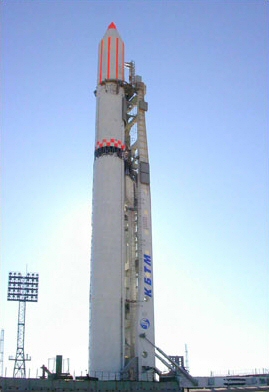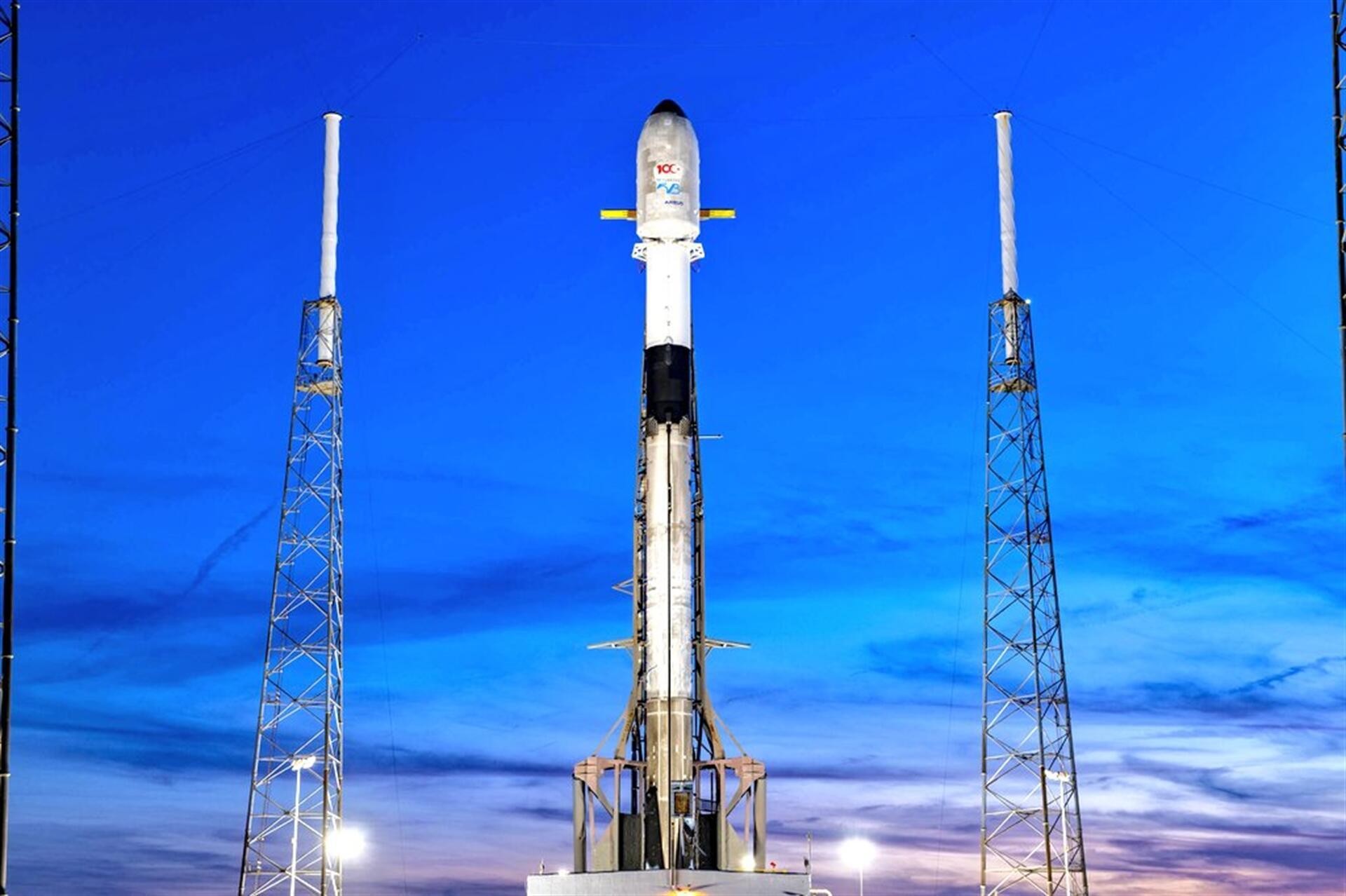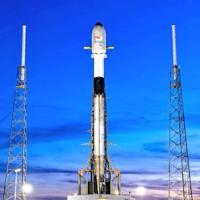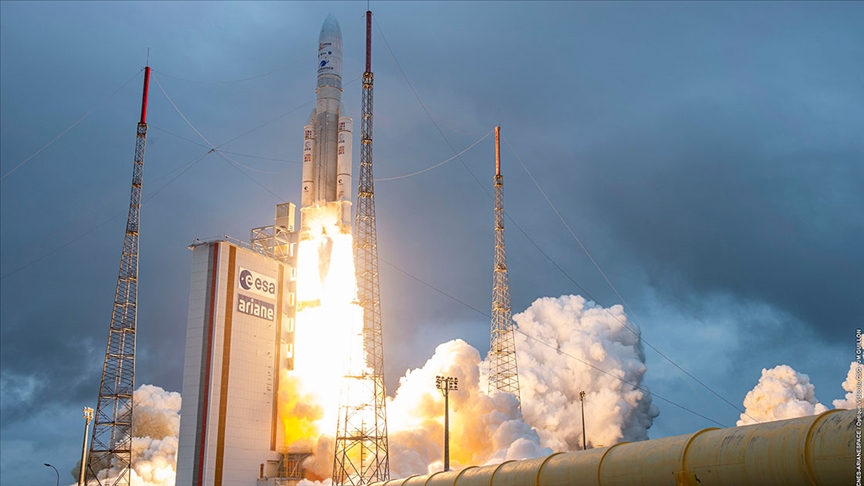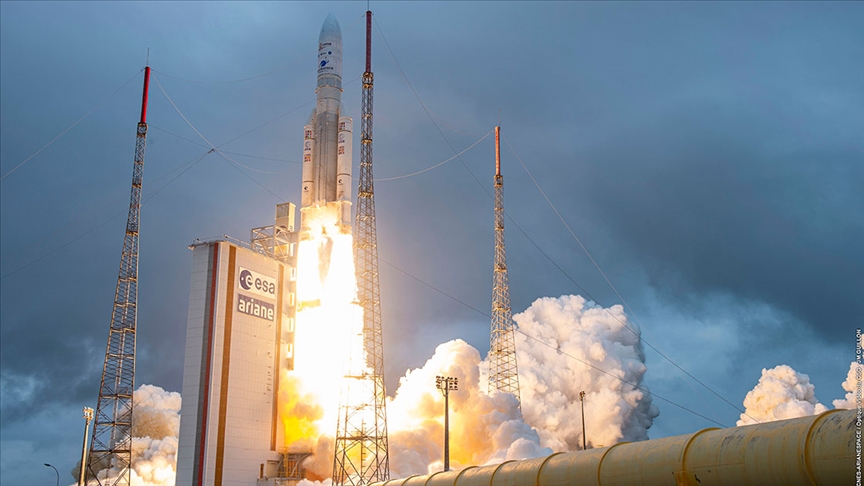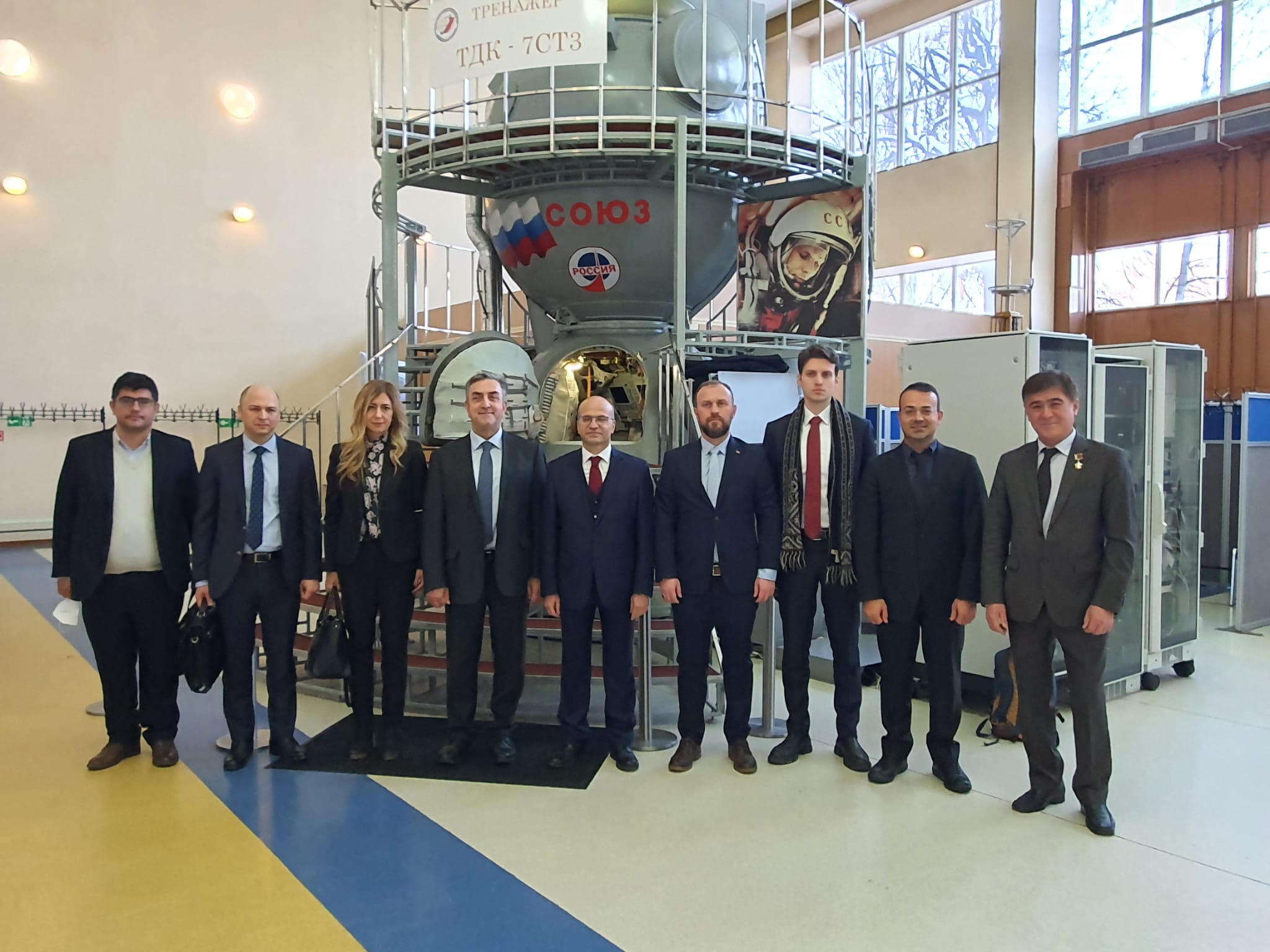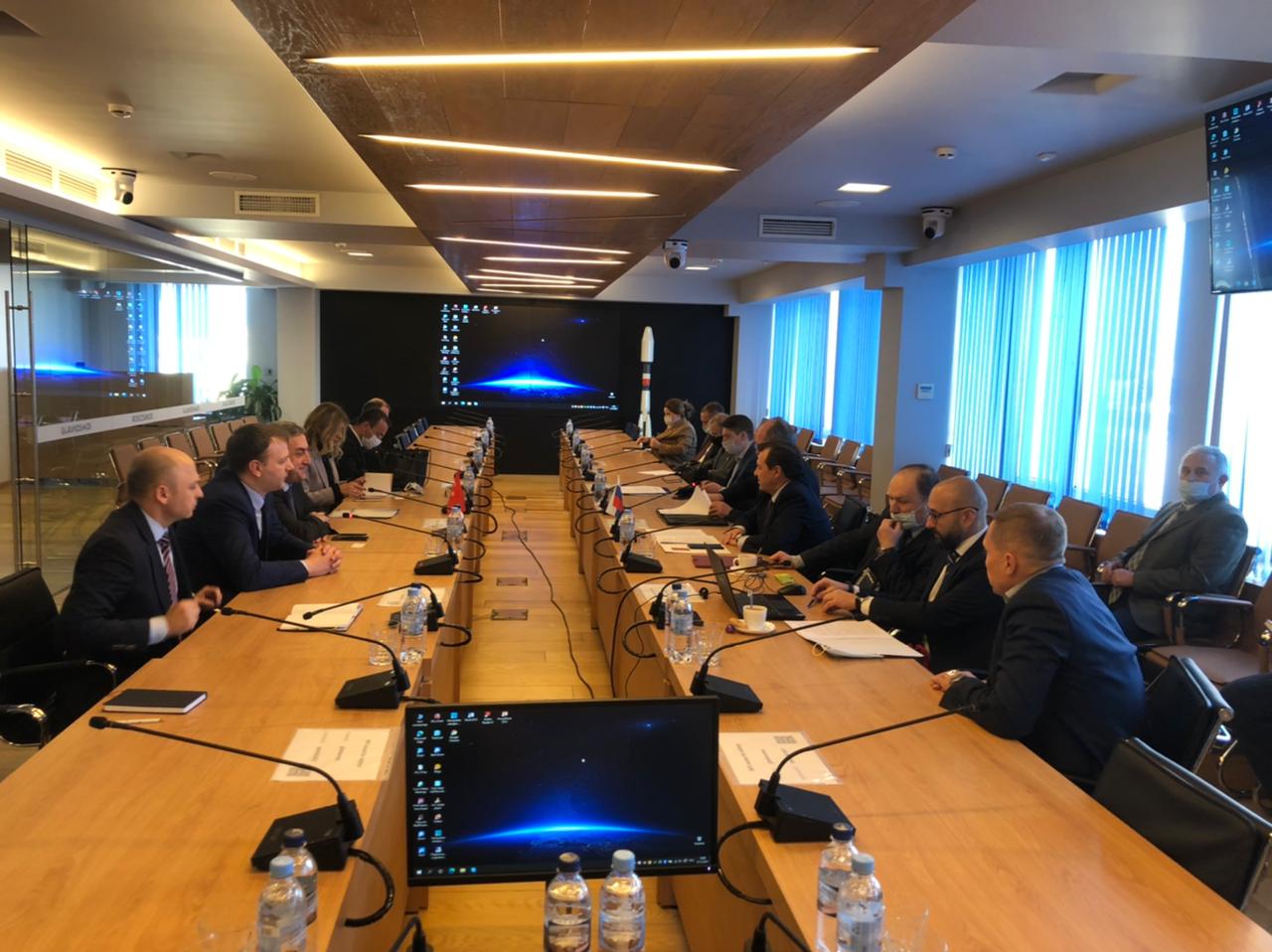The engines of the missile that launched 'James Webb' into space were developed in the laboratory of the Turkish professor
Establishing the laboratory where the first and second stage engines of the "Ariane 5" missile, the launcher of the world's most advanced space telescope "James Webb" of the US Aerospace Agency (NASA), are improved, METU Mechanical Engineering Faculty Member Prof. Dr. İskender Gökalp said that it is eagerly awaited whether the theories in the field of cosmology will be confirmed with the new telescope.
Returning to Turkey from France in 2019 with TÜBİTAK's Leading Researchers Program, İskender Gökalp made a statement to the AA correspondent regarding the launch of the James Webb telescope from French Guiana on the northeast coast of South America with the "Ariane 5" launcher.
Stating that a launch system is needed to send the telescope into space, Gökalp said, "The only team working on the optimization of two different stages of the Ariane 5 launcher's engines is the ICARE-CNRS laboratory, which I established in Orleans, France." used the phrases.
Stating that the "aerothermic" department of the laboratory in Paris was established in the mid-1950s, and the "combustion" department in Orleans at the end of the 1960s, Gökalp said that he also moved to the laboratory in Orleans in the early 1980s after his doctorate, and became the director of the laboratory here in 2003. He explained that he established the ICARE-CNRS laboratory by merging the two departments in 2007.
Gökalp reported that he has been working on the combustion technologies in these launchers for 30 years.
Pointing out that he was the director of this laboratory until 2017, Gökalp said, "World-renowned R&D laboratories are not an event that occurred in a few years, they have a history of 50-60 years." said.
The rocket exploded in mid-air on the first launch.
Expressing that Ariane 5 has had a few problems since the 1990s, Gökalp explained that the first flight of this launcher was made in 1996 and the missile exploded in the air.
Gökalp said, "I was actually there, and there was an explosion while I was talking about this issue on television. Therefore, the joint work between Germany and France, in particular, has been continuing since then. Issues related to the combustion processes that provide the thrust of the launcher are constantly studied and the problems are discussed. 2002 "Flight 517 of Ariane 5 ended in the Atlantic Ocean in the same year. After the scientific and technological bottlenecks were resolved, no problems were encountered in subsequent launches." he said.
What does the scientific world expect from the new telescope?
Pointing out that his area of expertise is the fuel and combustion technologies in the launch systems of the James Webb telescope, Gökalp talked about the expectations of the scientific world from this telescope:
"Two days ago, the ICARE-CNRS laboratory, which I contributed to the optimization of combustion processes and contributed to the improvement of the rocket engines that sent the world's largest and most advanced space telescope, James Webb into space, has a great role. I have worked in this laboratory since 1983. Since the 2003s Since then, I have trained doctoral and post-doctoral students especially from ITU, METU, Marmara and Erciyes universities. Therefore, we are very happy that Ariane 5 was chosen for the launch."
Emphasizing that James Webb, seen as the successor of the Hubble Space Telescope, is expected to settle in an orbit of about 1.5 million kilometers from Earth in about 1 month, Gökalp said:
"The new telescope is expected to start collecting the first data and images in 2022. The James Webb telescope will sit in such an orbit that it will detect infrared light signals originating from deep space with great precision and send them to the world. This telescope is a telescope that has been around since the formation of the universe we call the Big Bang. and it will provide access to the light information emerging from the events we call explosion. The Hubble telescope, in terms of light years, could not go that far, it could go back 12.5 billion light years from today. Now, with James Webb, it will be possible to go back 13.5 billion light years. At the same time, we are talking about going back another billion light years. In other words, it will make new contributions to the fields of astronomy and cosmology, information about how the universe and the first galaxies were formed. It is very important in this respect. Of course, it will take years to reach and analyze this information. Just like the Moon's Fragments brought back from the navy are still being studied, which means that they are, perhaps, centuries old. rec."
The scientific world will investigate the accuracy of the theories
Stating that the new telescope will seek answers to questions such as how the universe was formed, whether there is one universe or several universes, Gökalp said, "The expectation of the scientific world is that this telescope can answer these questions. An investment of 10 billion dollars is mentioned, maybe 20-30 billion dollars if you add everything else. " said.
Referring to the researches at CERN, Gökalp said:
"This telescope has been developed with the particle physics information field. The scientific world is waiting to see if the existing theories in the field of cosmology will be confirmed. Information from this new telescope is needed to verify it, so everyone is looking forward to it. The radiation we call infrared can only be observed from space. Also, in order to increase its sensitivity. The telescope needs to be cooled, Hubble can't because it's closer to Earth. The product of NASA's collaboration with the European and Canadian Space agencies, the James Webb telescope is seen as the successor to the Hubble Space Telescope, the largest and most powerful science observatory ever built. The development of space launch technologies is also humankind's development. It is one of the most important elements that makes this new adventure possible.”
Dünyanın en gelişmiş uzay teleskobu "James Webb"in fırlatıcısı "Ariane 5" füzesinin birinci ve ikinci kademe motorları, ODTÜ Makine Mühendisliği Bölümü Öğretim Üyesi Prof. Dr. Gökalp'in kurduğu ICARE-CNRS laboratuvarında iyileştirildi. - Anadolu Ajansı

www.aa.com.tr


